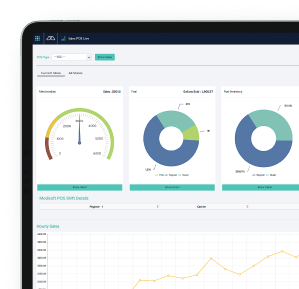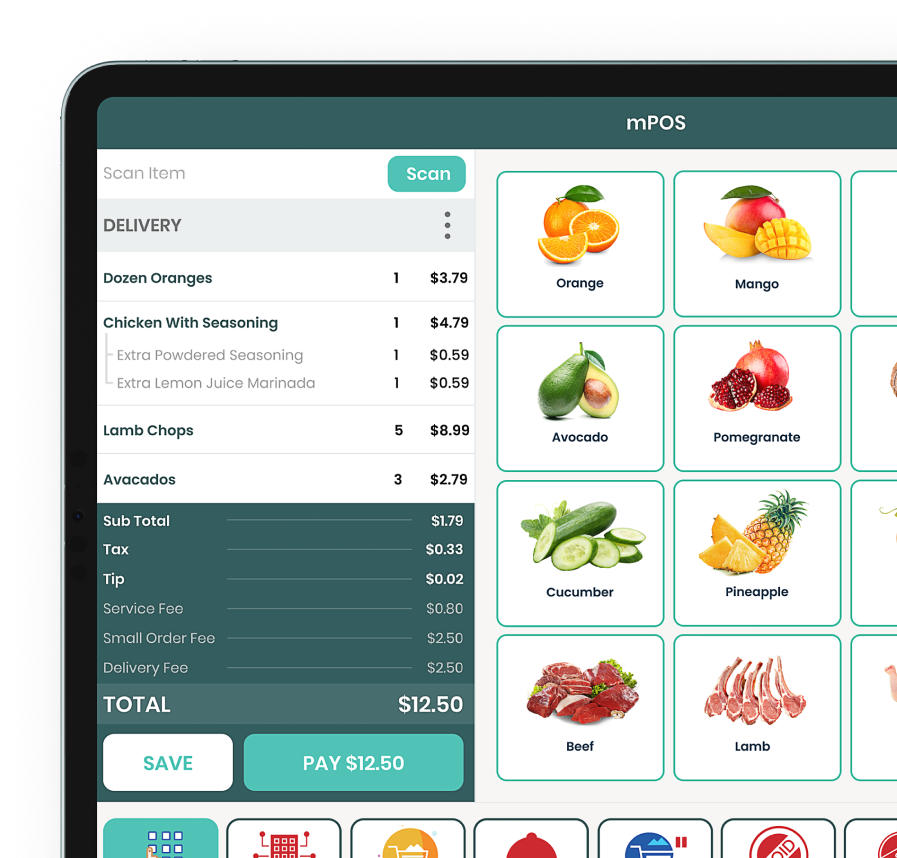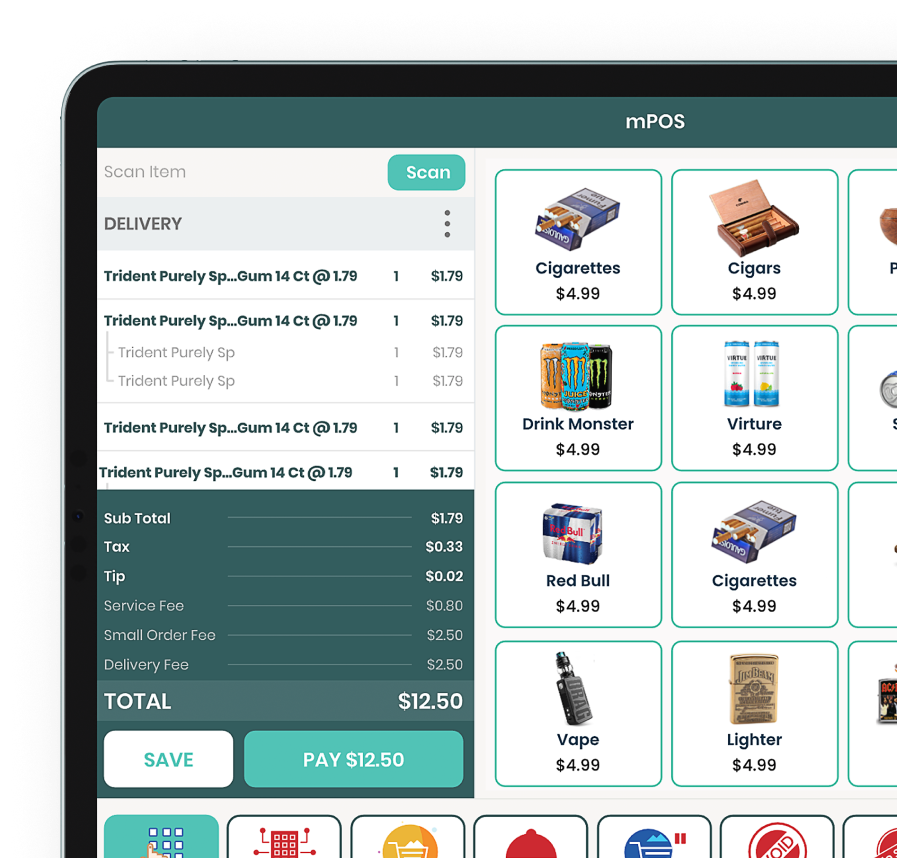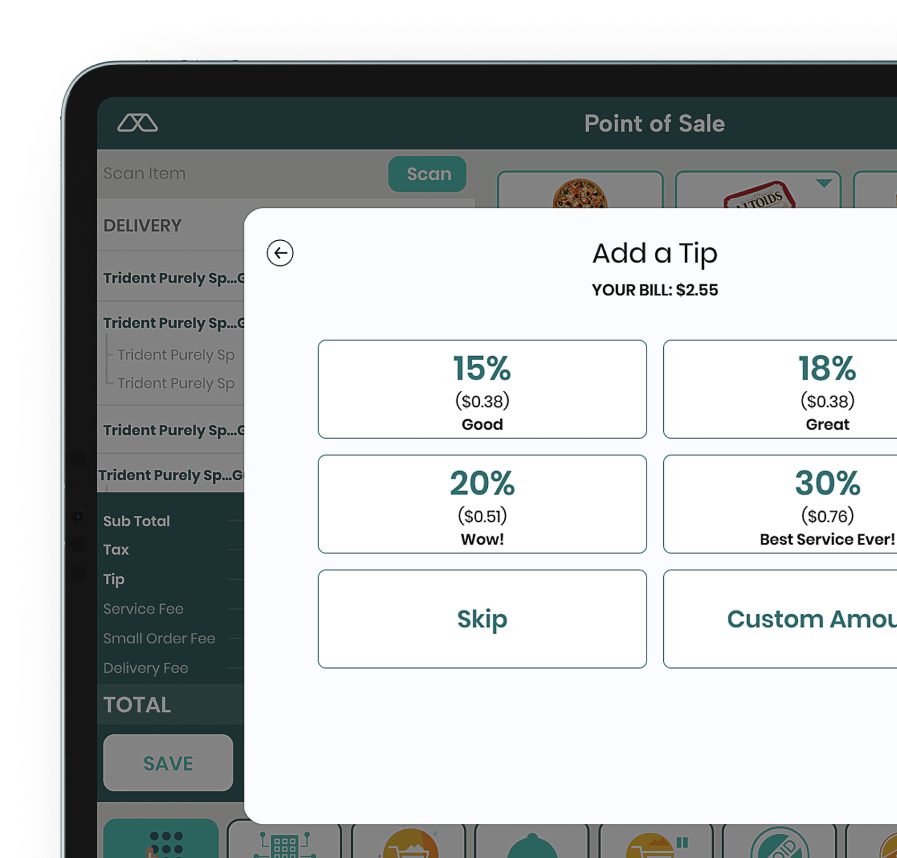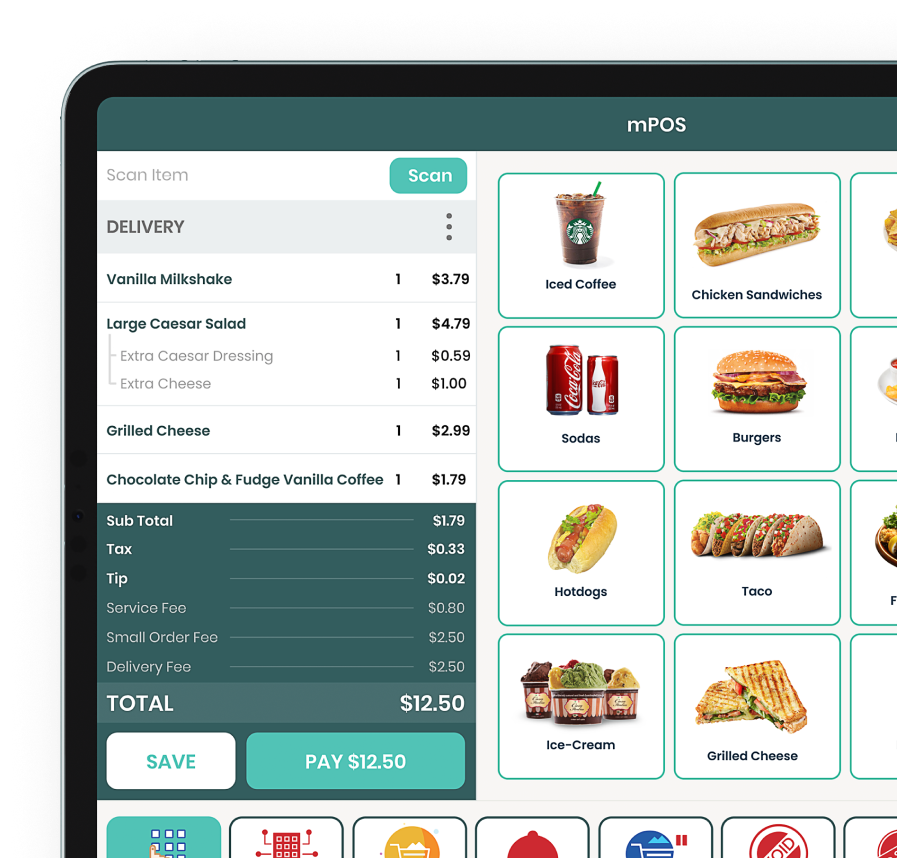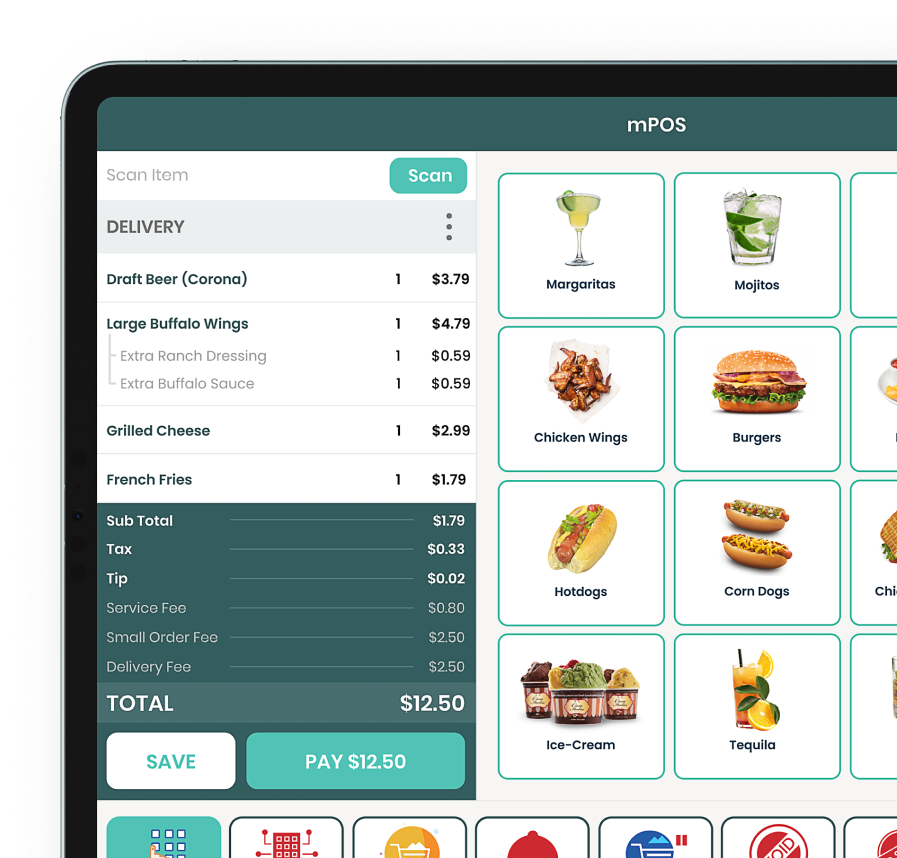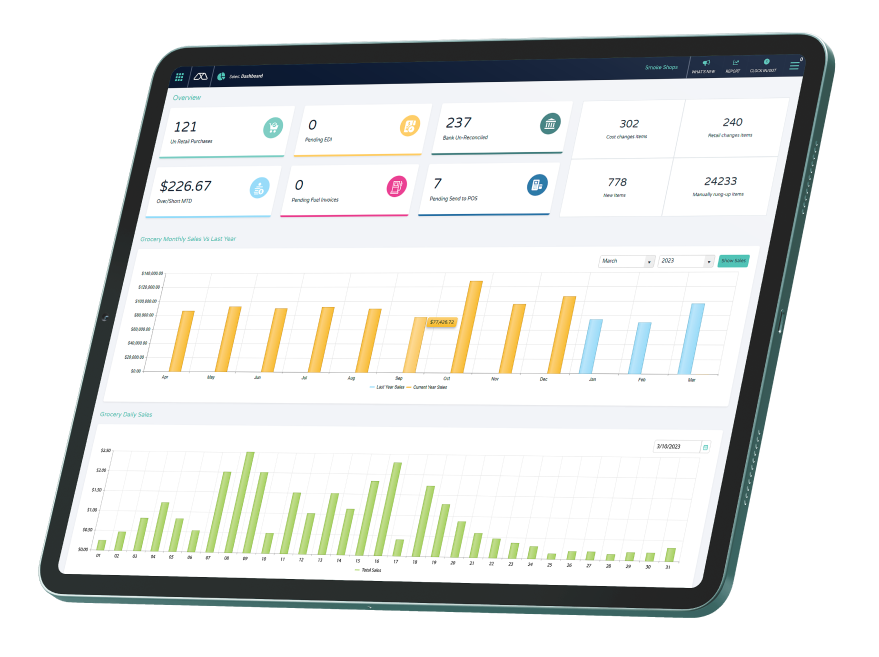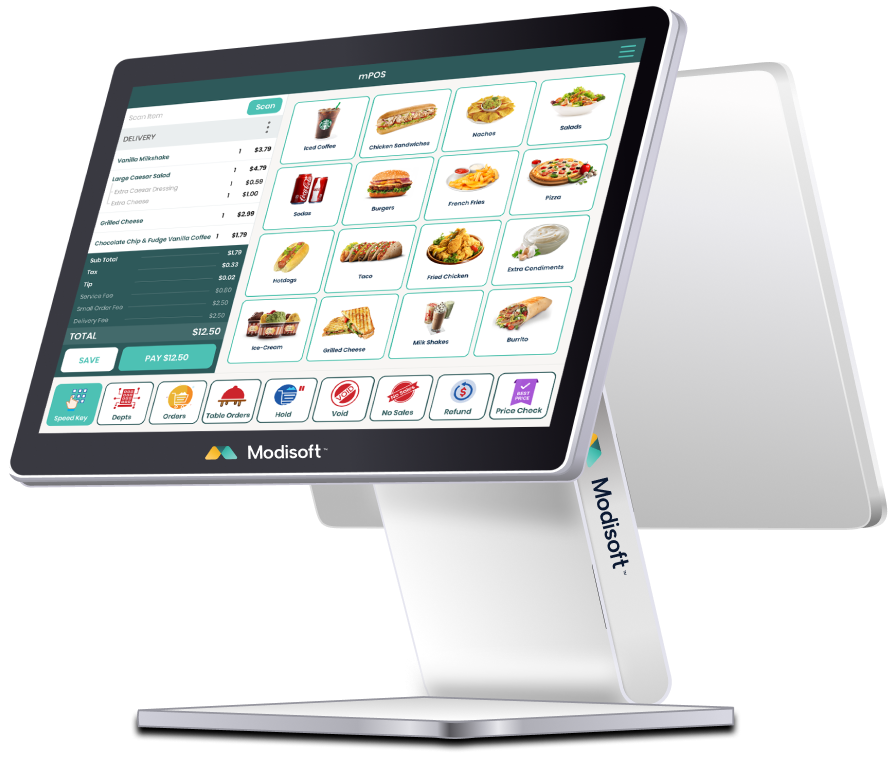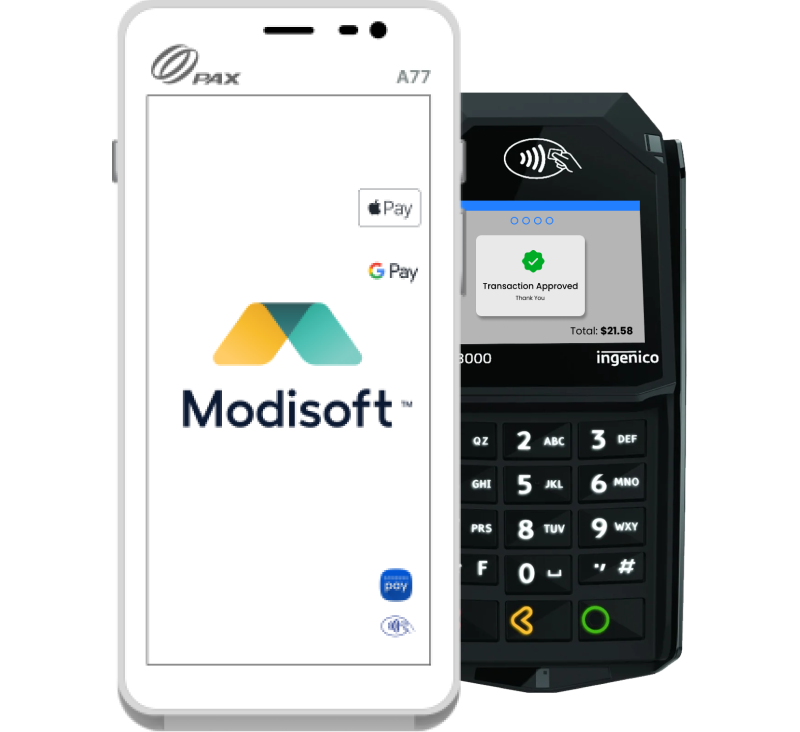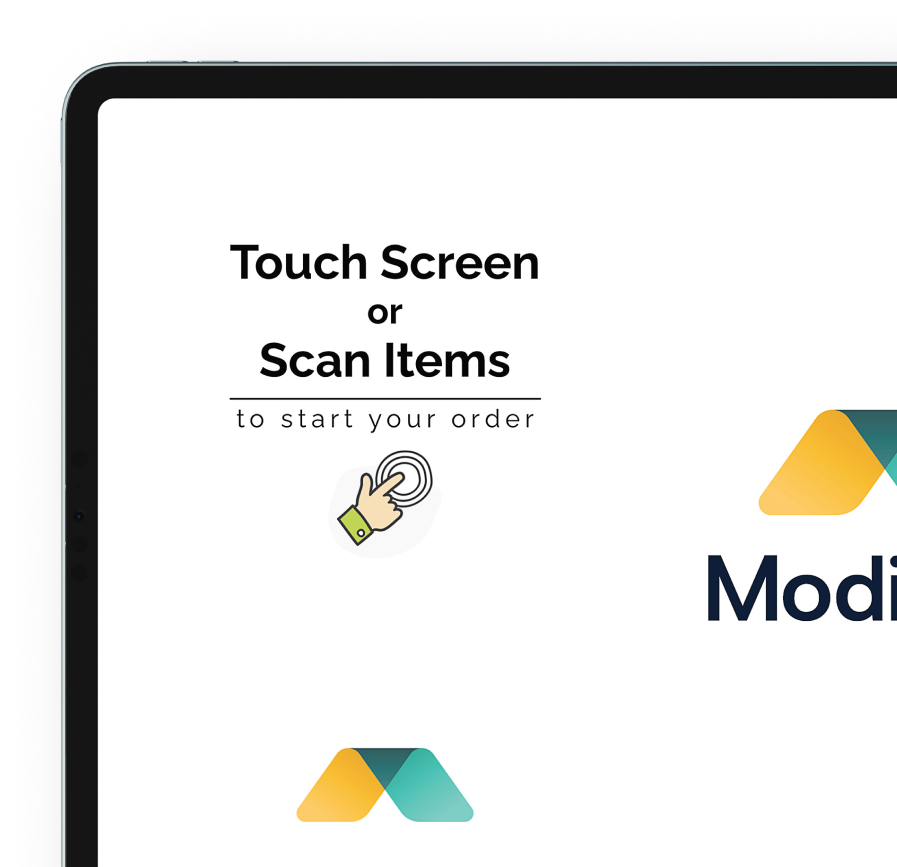Retail e-commerce sales rose by 9.4% over the last year, according to the US Department of Commerce. The industry drew over $218 billion in the fourth quarter of 2021 alone! That excludes the impact of digital payment processing on physical stores or P2P transactions.
This article explores 5 ways in which payment processing technology has changed the payments industry. Not only that but you’ll also learn how the adoption of mobile wallets has affected payment processing trends. Additionally, you’ll discover the benefits of multi-payment options and see how cryptocurrency will impact 2022 and beyond.
1. Mainstream Adoption of Mobile Wallets
Although digital payments at point-of-sale arrived in 2011, it wasn’t until the pandemic that the technology turned mainstream.
Google Wallet was well-received a decade ago but never caught the public’s eye. It morphed into Android Wallet then Google Pay. But it finally gained traction over the past few years when physical transactions became limited.
iPhone and iPad users have Apple Pay, which works seamlessly with iOS. Near Field Communications (NFC) is part of every modern mobile device for quick payment transactions. Simply tap your phone against an NFC terminal and you’re done!
Expect this trend to continue as your mobile device outstrips the demand for traditional credit cards.
2. PCI Compliance Standards
PCI or Payment Card Industry standards ensure that card details get stored, processed, and sent securely.
With the rise of online payments, the major credit card companies came to a simple conclusion. They needed an independent body to ensure that customers’ credit and debit card details weren’t leaked online.
The PCI Security Standards Council (PCI SSC) was launched in 2006. It oversees:
● Who can access customer data
● The update of security software like antivirus and firewalls
● Restriction of physical access to card details
PCI now affects all businesses that work with credit card payments. Merchants must agree to abide by these conditions. That includes both online and offline stores.
3. Bypassing Banks With P2P Payments
Peer-to-peer payments or money transfer apps let users send and receive money using their phones. All they need is a valid funding source like a bank account and details for the recipient.
PayPal offers this service, as does Apple Pay Cash and other payment services. Internationally, Alipay and WeChat remain popular, especially in China. In fact, most offline stores in China accept Wechat payments without the need for a card.
4. Multi-Payment Options
Creating a cashless society requires multiple technology payment options.
Traditional store cash drawers now include POS systems that link with NFC chip-and-PIN terminals. These tie to backend systems so managers can create and analyze reports on sales, stock levels, etc.
Modisoft offers a complete package for all industry types to accept payments from multiple sources.
5. Rise of Cryptocurrency
Although Bitcoin has recently reduced in value, cryptocurrency is here to stay.
More websites are now offering Bitcoin, Ethereum, XRP, and more as payment options. Tesla leads the pack by not just accepting, but encouraging sales in Dogecoin.
As more consumers grow comfortable with cryptocurrency, expect the payments industry to promote the technology.
Hassle-Free Payments With Modisoft
The introduction of new technology continues to impact the payments industry.
Mainstream adoption of Google Pay and Apple Pay makes it easier than ever to purchase goods. Cryptos are now viable forms of payment. Yet, accepting money through a digital platform requires PCI compliance.
Modisoft offers smart and secure business payment solutions for multiple industry types.
Whether you’re a convenience store, bar, or restaurant, our digital suite of services can help. Take payments from our mPOS system or accept online orders through our Cartzie app.
Contact us to find out more about our payment processing technology.









